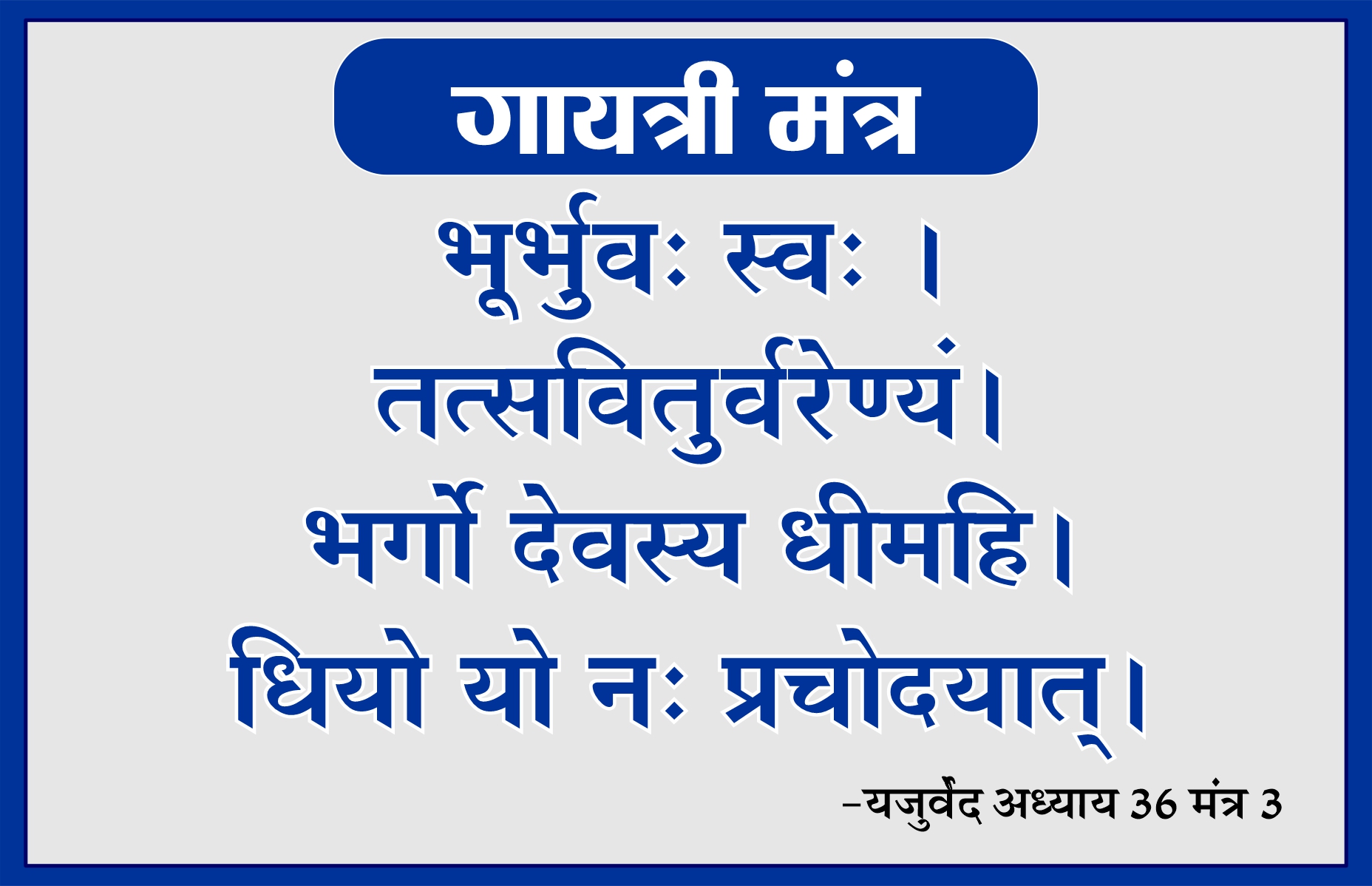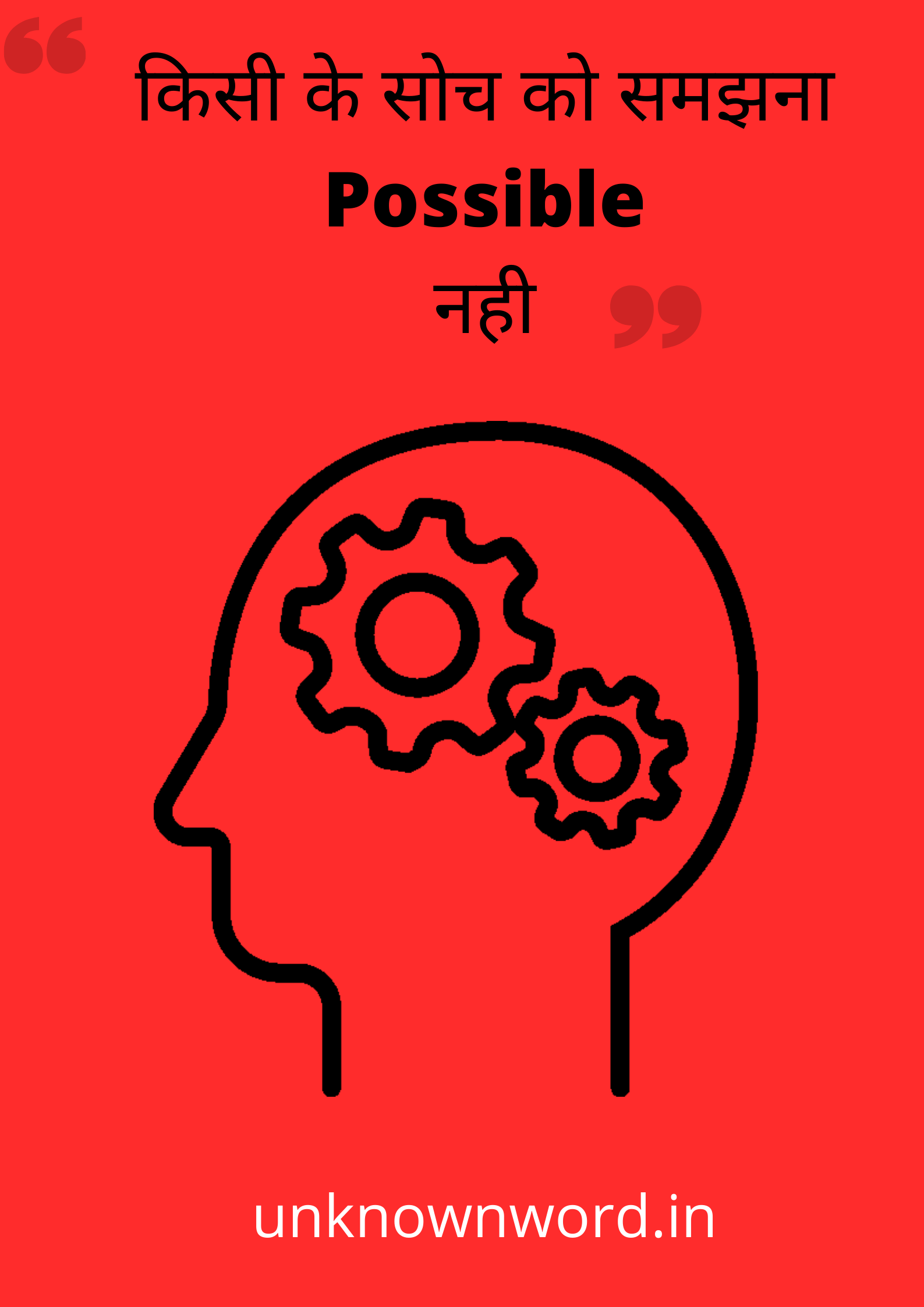In Hindi, “Thought” is translated as “विचार”.
Thoughts are the building blocks of our perception and understanding of the world. They shape our attitudes, beliefs, and actions, and are essential for human communication. So, have you ever wondered about the meaning of thought in Hindi?
In Hindi, the word for thought is “vichar,” which encompasses not only the process of thinking but also the ideas, opinions, and reflections that arise in our minds. Vichar is a powerful tool for self-reflection and introspection, allowing us to explore the depths of our consciousness and gain insights into ourselves and the world around us.

Understanding the Meaning of Thought in Hindi
Thought, or “विचार” (Vichaar) in Hindi, is a fundamental aspect of human cognition and consciousness. It refers to the mental processes of forming ideas, beliefs, and opinions. Thoughts can be conscious or unconscious and can range from simple to complex. They play a crucial role in shaping our perceptions, emotions, and actions. Understanding the meaning of thought in Hindi provides insights into the depth and richness of the Hindi language and its relevance in various aspects of life.
To truly comprehend the significance of thought in Hindi, it is important to explore the concept within the context of other related terms. An interesting connection can be made between the meaning of thought in Hindi and the concept of spouse. Just as thoughts shape our perception of the world, our understanding of the term “spouse,” or “पति/पत्नी” (Pati/Patni) in Hindi, influences our perception of relationships and marriage. To delve deeper into the intricacies of the Hindi language, you can learn more about the spouse meaning in Hindi here.
The Significance of Thoughts in Hindi Philosophy
Thoughts have always held great significance in Indian philosophy and spiritual practices. In Hindi, the meaning of thought has profound implications for philosophical inquiries and self-realization. “मनन” (Manan) is the Hindi term for contemplation or deep reflection, which aligns with the core essence of philosophical thought. It involves introspection, examining one’s beliefs, and seeking wisdom and truth.
Hindi philosophy encompasses a diverse range of philosophical schools and systems, such as Advaita Vedanta, Nyaya, and Samkhya. All of these schools delve into the nature of thought, consciousness, and the self. They explore questions about the origins of thoughts, their relation to reality, and the role of thoughts in shaping our experiences. In Hindi philosophy, the serene mind free from excessive thoughts is considered essential for spiritual growth and the realization of one’s true nature.
To gain a deeper understanding of the philosophical concepts related to thought in Hindi, you can explore the philosophy meaning in Hindi here. This will provide you with valuable insights into the ancient wisdom and the profound philosophies that continue to shape Indian culture and thought to this day.
Thought in Hindi Literature and Poetry
The beauty and expressiveness of the Hindi language are reflected in its literature and poetry. Relationships, emotions, and the human condition are often intricately woven into the tapestry of Hindi literary works. Thoughts, when transformed into words, hold immense power in conveying complex ideas and evoking deep emotions.
Hindi literature and poetry portray the multifaceted nature of thought and its impact on individuals and society as a whole. From the romantic musings of Mirza Ghalib to the philosophical ponderings of Kabir, Hindi poetry encapsulates the depth and diversity of human thought and experience. Through vivid imagery, metaphor, and symbolism, Hindi poets have captured the essence of thoughts and emotions.
Thoughts expressed in Hindi literature and poetry have the ability to transcend cultural and linguistic boundaries, resonating with readers across different backgrounds. They provide a glimpse into the human psyche and offer reflections on life, love, social issues, and spirituality. Exploring Hindi literary works allows one to delve into the intricate nature of thoughts and their profound impact on individual and collective consciousness.
Cultural Influence on Thought in Hindi
Hindi thought is deeply influenced by the rich cultural heritage of India. The collective wisdom, traditions, and values embedded within the Hindi language shape the way thoughts are expressed and understood in various contexts.
Hindi cultural influences can be seen in the unique perspectives and insights that Hindi thought offers. Concepts such as “अनुभव” (Anubhav), meaning experience, and “आत्मा” (Aatma), meaning the soul, hold significant importance in shaping Hindi thought. These concepts provide a distinct lens through which individuals navigate the complexities of life and seek self-realization.
Furthermore, Hindi spirituality and religious beliefs have a profound influence on thought and its meaning. The concepts of karma (actions and consequences) and dharma (righteousness) guide the thought process and actions of individuals. The interconnectedness of all beings, as emphasized in Hindi philosophy, reinforces the idea that thoughts have far-reaching consequences.
The Power of Positive Thought in Hindi
Hindi thought also places significance on the power of positive thinking. “सकारात्मक सोच” (Sakaaratmak Soch) is the Hindi term for positive thought, which underpins personal growth and mental well-being. It involves intentionally cultivating an optimistic mindset and focusing on constructive thoughts.
Positive thought in Hindi is not limited to mere wishful thinking but is complemented by action. It is believed that thoughts backed by dedicated effort and perseverance can manifest into reality. This concept aligns with the principles of the law of attraction, which suggests that positive thoughts attract positive outcomes.
Incorporating positive thought in daily life is a practice that can transform one’s outlook, fostering resilience and a sense of empowerment. Hindi thought encourages individuals to harness their inner strength and tap into the power of their thoughts to create a life of fulfillment and purpose.
The Impact of Thought in Hindi Society
Thought extends beyond the individual level and influences the fabric of Hindi society. The collective thoughts, beliefs, and values of a society shape its cultural, social, and political landscape.
Hindi society is diverse and dynamic, with various thoughts and perspectives coexisting. The open exchange of thoughts and ideas is central to democratic values and the progress of society. Engaging in meaningful dialogue and considering diverse viewpoints helps foster inclusivity, growth, and the pursuit of knowledge.
Thoughts are not static; they evolve over time. Hindi society, much like any other society, undergoes transformative shifts driven by changing thoughts and ideas. Through the interdisciplinary fields of sociology, anthropology, and cultural studies, one can gain deeper insights into the myriad of thoughts that contribute to the dynamic nature of Hindi society.
The Role of Media in Shaping Hindi Thought
Media plays a critical role in shaping and influencing thought in Hindi society. Whether it is through news outlets, films, television shows, or social media platforms, media has the power to shape public opinion and shape collective thoughts.
Media entities have the responsibility to present information in a balanced and unbiased manner, fostering critical thinking and informed decision-making. However, it is important to be mindful of the influence that media can have on shaping thoughts and opinions, as biased or sensationalized narratives can skew the perception of reality.
Being media literate and actively seeking diverse sources of information can contribute to a well-rounded and informed thought process. It allows individuals to engage critically with media content and challenge prevailing narratives, ultimately fostering a more inclusive and informed society.
Conclusion
The meaning of thought in Hindi encompasses a wide range of dimensions and implications. From its significance in philosophy and literature to its influence on society, Hindi thought shapes the way individuals perceive and engage with the world. Exploring the multifaceted nature of thought in Hindi offers a deeper understanding of the language, culture, and the human experience. Embracing positive thought and engaging in meaningful dialogue can contribute to personal growth and societal progress. As one delves deeper into the realm of Hindi thought, new horizons of meaning and insight await.
Sources
| Link | Anchor Text |
| https://workfromhome24h.com/spouse-meaning-in-hindi/ | spouse meaning in Hindi |
| https://workfromhome24h.com/philosophy-meaning-in-hindi/ | philosophy meaning in Hindi |

Frequently Asked Questions
Here are some commonly asked questions about the meaning of “Thought” in Hindi.
1. What is the meaning of “Thought” in Hindi?
The Hindi translation of “Thought” is “विचार” (Vichar).
In Hindi, “विचार” (Vichar) is a noun that refers to the process of thinking or a particular idea or concept that has been formed in one’s mind.
2. How is “Thought” used in Hindi sentences?
In Hindi, “Thought” can be used in sentences like:
“उसके विचारों का समय के साथ बदल जाना चाहिए।” (Uske vicharon ka samay ke saath badal jana chahiye.)
This sentence translates to “His thoughts should evolve with time.”
3. Can you provide an example of a Hindi proverb related to “Thought”?
One example of a Hindi proverb related to “Thought” is:
“जैसे आप सोचेंगे मतलब वैसे ही करेंगे।” (Jaise aap sochenge, waise hi karenge.)
This translates to “As you think, so shall you act.”
4. Are there any synonyms for “Thought” in Hindi?
Yes, there are synonyms for “Thought” in Hindi, such as:
– विचारणा (Vicharana) – Contemplation
– मनन (Manan) – Reflection
– सोच (Soch) – Thinking
– विचाराधान (Vicharadhan) – Cognition
5. Can “Thought” have different meanings in Hindi depending on the context?
Yes, the meaning of “Thought” in Hindi can vary depending on the context. It can refer to the act of thinking, a specific idea, or even a philosophical concept. The exact meaning is determined by the context in which the word is used.
To summarize, it is important to communicate in a clear and concise manner. This means using simple language that is easy to understand for a 13-year-old reader. Avoiding jargon and using a conversational tone can help make the message more accessible.
The key is to ensure that each sentence presents a single idea and is no longer than 15 words. By following these guidelines, readers will be able to understand the main points of the article without unnecessary complexity or confusion.